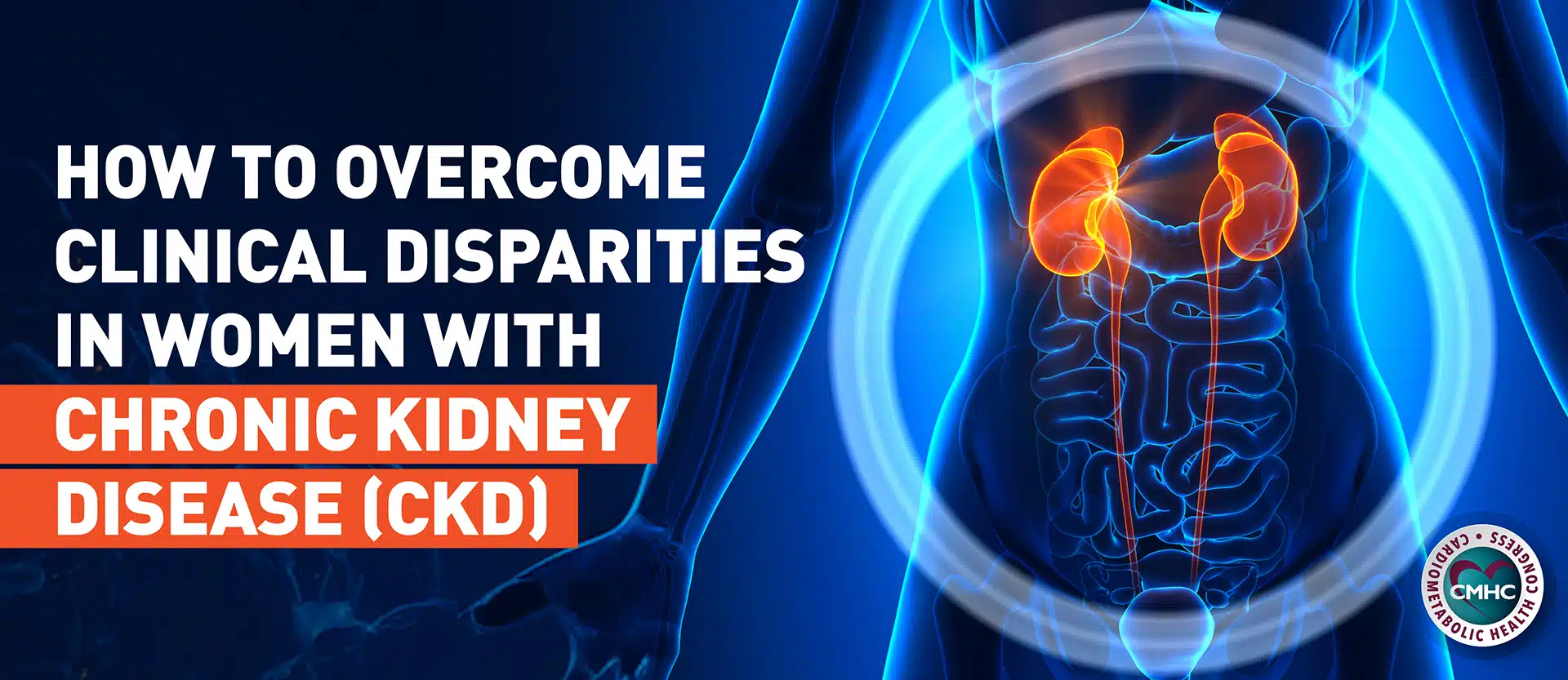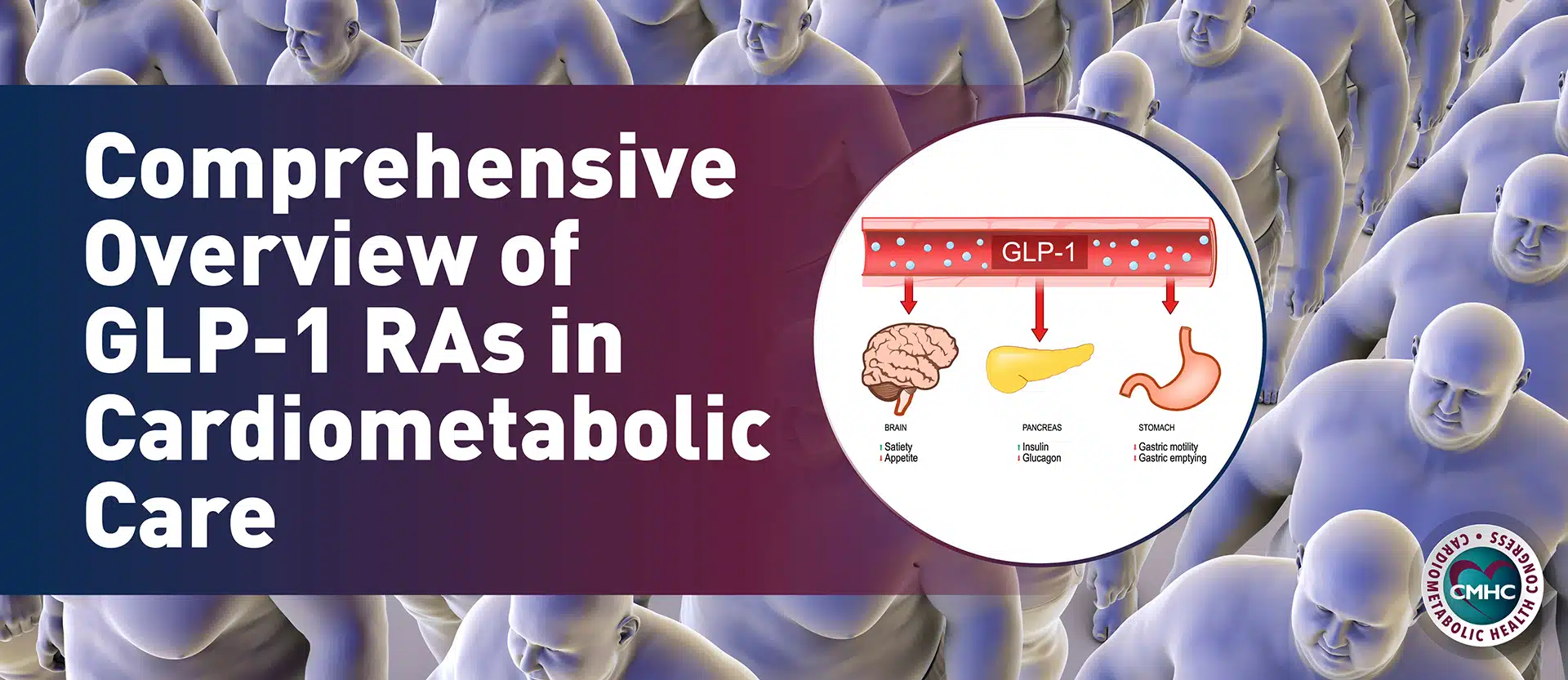As rates of obesity have steadily climbed over the past 40 years, more adolescents and young adults are being diagnosed with type 2 diabetes than ever before. Between 2002 and 2012 alone, the incidence of type 2 diabetes in youth grew by nearly 5%. As early onset has been directly linked to poorer outcomes, young adults diagnosed with diabetes face higher risks for long-term complications.
A recent study published in Circulation—a journal produced by the American Heart Association — is the first to compare excess risks of cardiovascular disease complications in type 2 diabetes patients and to adjust the risks based on duration of the condition. The study findings revealed a significant correlation between age of diabetes onset and subsequent increased risk for the development of or death from cardiovascular disease.
Led by Naveed Sattar, professor of metabolic medicine at the University of Glasgow, a team of researchers analyzed data from the Swedish National Diabetes Registry, evaluating hundreds of thousands of cases between 1998 and 2013. Researchers found that individuals diagnosed with type 2 diabetes before the age of 40 were more likely to suffer from CVD than people of the same age without the condition. Outcomes, for patients with acute myocardial infarction, stroke, heart failure, and atrial fibrillation were evaluated and a higher excess risk was found for most outcomes in younger women with type 2 diabetes than in men.
All-cause mortality rates were significantly higher in individuals who had developed type 2 diabetes during adolescence or in their 20s, leading to a substantial decline<> in life expectancy. People who had early onset type 2 diabetes were likely to lose more than a decade off life expectancy, while the all-cause mortality risk significantly declined for older patients. Individuals who were diagnosed at age 80 or older had the same all-cause mortality risk as those of a similar age without diabetes revealing that later development of the condition has no impact on life expectancy.
A follow-up was conducted in which participants diagnosed with type 2 diabetes before the age of 40 showed the greatest excess risk for total mortality, stroke, heart attack, heart failure, and atrial fibrillation. Women carried higher excess CVD and mortality risks than men in most categories. Additionally, excess risk for CVD and life years lost declined steadily with age of onset of type 2 diabetes.
Sattar and his team acknowledged that the study focused primarily on white, European participants. A more robust examination of the relationship between CVD and type 2 diabetes onset in non-white populations is necessary to further understand the potential outcomes. However, the study’s findings implicate the need for improved prevention strategies, early screening, and proper risk factor management to delay the onset of type 2 diabetes in younger individuals.
The condition is becoming increasingly prevalent in younger age groups, which prove to be the hardest group to treat as young diabetics tend to have the highest BMIs and fastest rising glucose levels over time. Sattar brings into question diabetes screening for people over 80 years of age, suggesting there is more to be gained from earlier screening of younger populations in addition to improved preventative strategies.


















